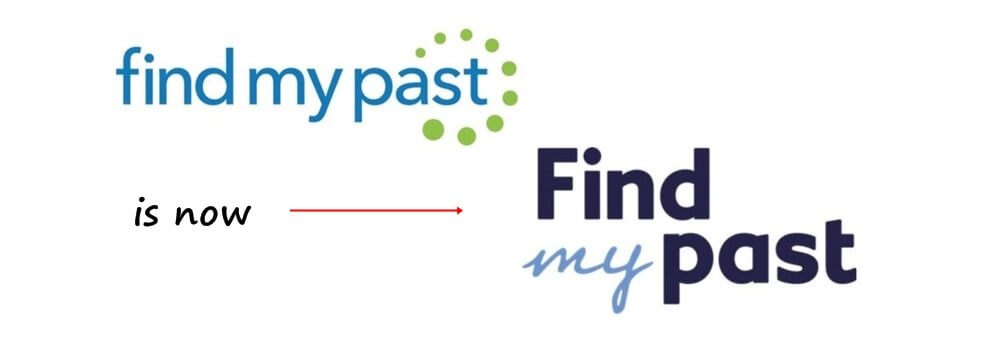

The registers show who was entitled to vote in elections, but remember that the right to vote used to be much more restricted than it is today. We have electoral or voters’ registers, for Liverpool only, from 1832 to the present. Some have been digitised and are available via the Digital Library on any library computer. The directories are available on microfilm. They can be a useful source for finding out where a family lived in Liverpool, but they do contain a number of errors and omissions. They contain a list of names of inhabitants, an alphabetical list of streets with inhabitants (from 1839) and a list of trades and professions (from 1827). Liverpool Street Directories start in 1766 and were published until 1970.
#Find my past for free
This can be accessed for free via the Digital Library on any Liverpool library computer. The Ancestry website has digitised most of Liverpool’s parish graveyards, but not the municipal cemeteries. A number of volumes of monumental inscriptions are kept in the Record Office. The crematorium records from 1908 to 1992 are also available on microfilm.Ĭopies of inscriptions from gravestones often give biographical information about the deceased and other family members. These include private cemeteries and, from the mid nineteenth century, those maintained by the council. We hold the records of Liverpool churchyards and cemeteries. Burial recordsīurial records often include details of the deceased’s last address, age and occupation, vital information for family history research. For registers that have not been microfilmed or digitised the original volumes can be viewed by appointment only in our search room. Please note that many of the registers can only be consulted on microfilm or online at the Ancestry database. Until registers with a standard format were introduced the amount of information varies. The earliest register in the Record Office is for St Mary, Walton-on-the-Hill, which starts in 1586/87. They give information about christenings, baptisms, marriages and sometimes burials.
#Find my past registration
Parish registers are the main source of information for family historians before the start of civil registration in 1837. The latter are by subscription but you can access them for free via the Digital Library on any Liverpool library computer.

The Ancestry website and Find My Past have all available censuses, including 1911. To guarantee confidentiality the information is not released for 100 years. A census has been taken at 10 year intervals, except in 1941, ever since. The first national census giving details about individuals was taken in 1841. You can discover names, addresses, ages, occupations and places of birth. Census returnsĬensus returns give details of all the members of individual households, including children, servants, visitors and so on, who were present on the night the census was taken. The BMD and the Lancashire BMD websites are also available via the Digital Library. The Ancestry website and Find my Past websites, available free via the Digital Library on all library computers, have birth, death and marriage indexes from 1837 to 2006.
#Find my past full
These indexes will give you sufficient information to purchase copy certificates with full details from a local register office or the General Register Office. We hold microfiche copies of the indexes to births, marriages and deaths, 1837 to 2004, often referred to as the General Register Office (GRO) Index.

Don’t dismiss family legends or stories – these are often embellished, but may contain an element of truth.Ĭivil registration of births, marriages and deaths started in England and Wales in 1837.

If you are lucky there may be some old photographs. These could include birth, marriage or death certificates, entries in family bibles, copies of wills, funeral cards, even books awarded as school prizes. Are any older family members still alive? Can they provide information such as dates, addresses, occupations, or religious affiliation? They may also have documents that will be useful to you. The family itself should be the first port of call if at all possible. The Digital Library is a collection of subscription websites including Ancestry and findmypast that are free for all library members on the library computers. We have a huge range of sources, much of it on microfilm, microfiche and public access computers. The Ancestry website will remain free for home users until further notice.


 0 kommentar(er)
0 kommentar(er)
